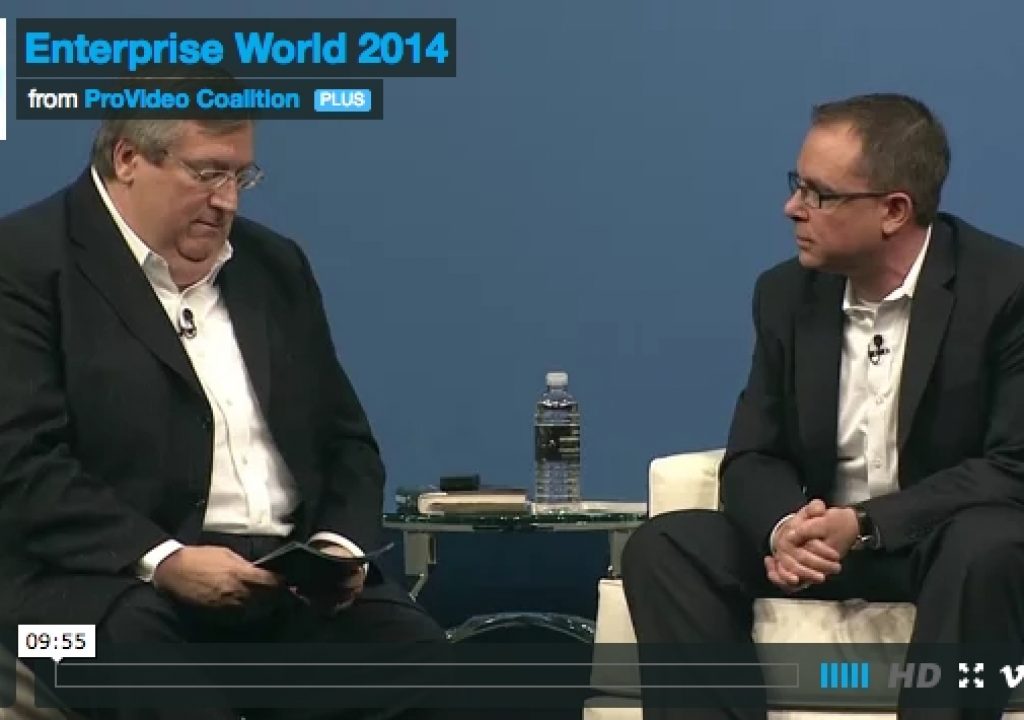2014 was a big year for PBS, as it marked their 45th anniversary as a broadcaster. That wasn’t the only milestone for them though, as they also saw their content streamed millions of time and accessed in ways it had never been distributed or watched across the entire world. There’s little doubt that helped them become the number five network for primetime viewing.
PBS is focused on the digital distribution of all their broadcast assets, and that’s no easy task when you’re talking about 45 years worth of content. With content as valuable and irreplaceable as Sesame Street, Mr. Rogers Neighborhood and Masterpiece Theater, the details around how all of that will work become that much more important.
The logistics around this process is just the beginning of what Open Text CEO Mark J. Barrenechea and VP of IT at PBS Chris Contakes talked through during Enterprise World last November, and the full video of their chat is available below. It’s something they talk through in detail, but it really is fascinating to consider what it means to digitize content that is currently sitting on tapes or in a natural state and decaying by the year. It’s not just video content that needs to be considered either, as there are countless radio spots and even mail campaigns that can be digitized to help create a valuable resource and archive. This process means content can be shared across the world in a relatively simple fashion, but a system and process around ensuring that can happen becomes essential.
Those are just a few of the topics that Mark and Chris discuss, so check out the details around what PBS views as their IT priorities, why metadata is so essential, one of the biggest misconceptions people have about PBS and plenty more.
Enterprise World 2014 from ProVideo Coalition on Vimeo.
More about PBS…
PBS Adopts OpenText Media Management to Support Range of Media Assets
PBS Adopts OpenText Media Management

Filmtools
Filmmakers go-to destination for pre-production, production & post production equipment!
Shop Now













